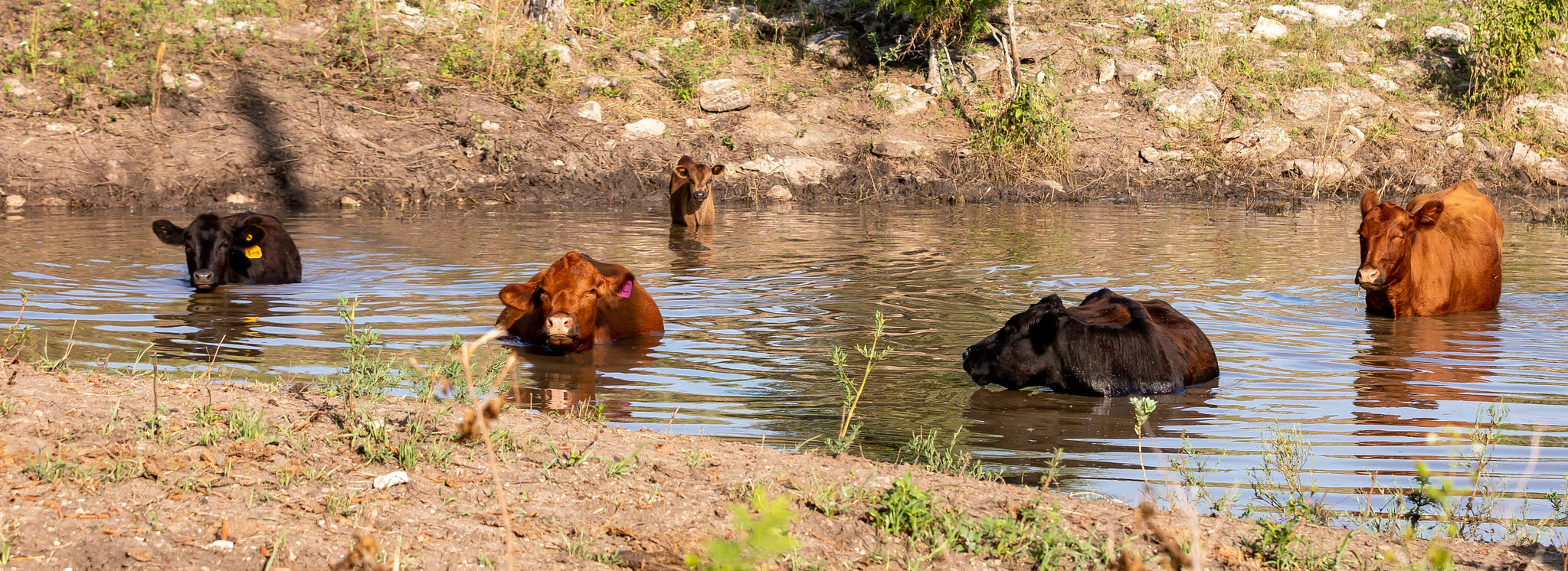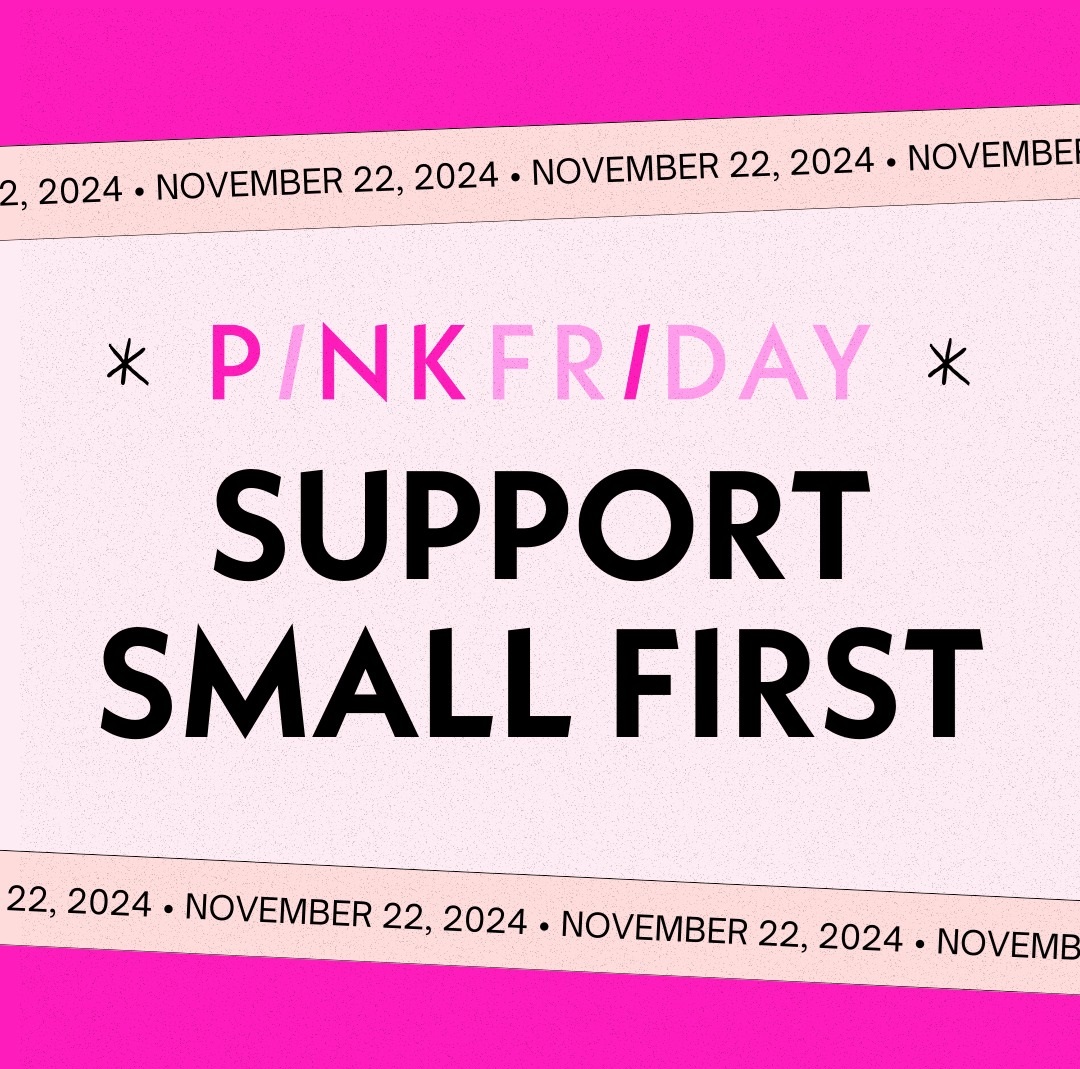Cattle incapable of relieving themselves of high temperatures experience heat stress. Humans alleviate overheating through sweating, but Kansas State University beef extension veterinarian A.J. Tarpoff said cattle do not have that option.
“Heat stress coping behaviors is what we see when cattle are adapting to warmer temperatures,” he said. “Whenever we get hot, we sweat to maintain homeostasis. For livestock species, and especially cattle, they do not have those capabilities.”
Tarpoff added: “They dissipate heat in other ways like increasing their respiratory rate (breathing) by panting.”
Besides panting, producers identify heat stress by their increased standing, large groups of animals bunching up close to water tanks and crowding in shaded areas.
“They’re trying to get increased airflow by standing, but they actually end up using each other as shade which is counter-productive,” Tarpoff said.
High temperatures and humidity, slow wind speeds and increased solar radiation comprise the four weather conditions contributing to heat stress.
“When we’re comfortable, cattle might not be and vice versa. We really need to consider those four key parameters,” Tarpoff said. “We have an animal comfort index that uses the four of them to get a feel on how cattle are experiencing their environment.”
Monitor the animal comfort index in Kansas through the K-State Mesonet.
Correctly managing heat stress has proven to be essential for maximizing animal wellbeing and performance, according to Tarpoff.
“It is one of those critical chores just as important as feeding or making sure the animals have water. Whether we are asking them to be good cows or an animal to produce beef in a feedlot, we need to put them in scenarios where they’re more comfortable because then they are more productive,” he said.
Tarpoff urges operations housing their cattle in dry lots to keep it simple when developing a plan to lessen the consequences of heat stress.
“Whenever it comes to heat stress, it’s back to the basics: feed and water. Water intake can nearly double as temperatures rise from 70 to 90 degrees (Fahrenheit). We need more water access, flow and availability for those animals,” he said.
He added: “We might be able to modify our feeding times to alleviate some of these stressors. Whenever we feed cattle, we feed the rumen microbes, and that comes at a cost called the heat of fermentation. We can feed later in the evening, so the digestion happens during the cooler nighttime hours.”
Producers often construct shades to cool off cattle in times of unrelenting heat. A recent study conducted by K-State researchers looking at effects of shade on heat stress revealed that shade structures can impact more than just animal temperature.
“They are a piece of infrastructure,” Tarpoff said. “That two-year trial showed added benefits of investing in shades. We saw increased feed efficiency, increased growth rate and increased average daily gain. We also saw reduced panting rates and water consumption needs by over a gallon per head per day.”
Additionally, bedding pens with straw and fence-line sprinklers help lower ground temperatures and keep cattle cool, according to Tarpoff.



